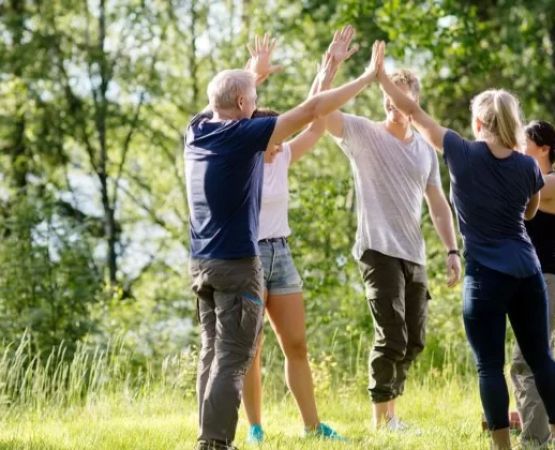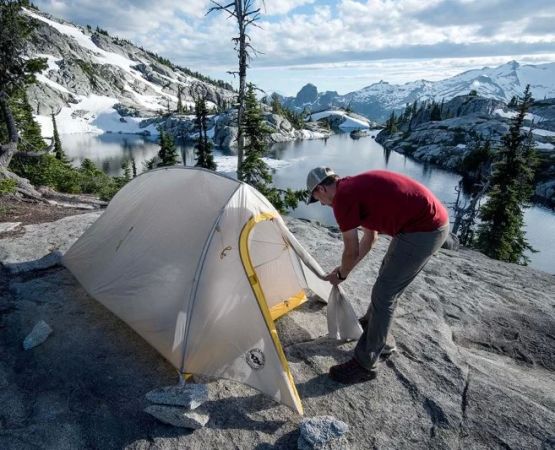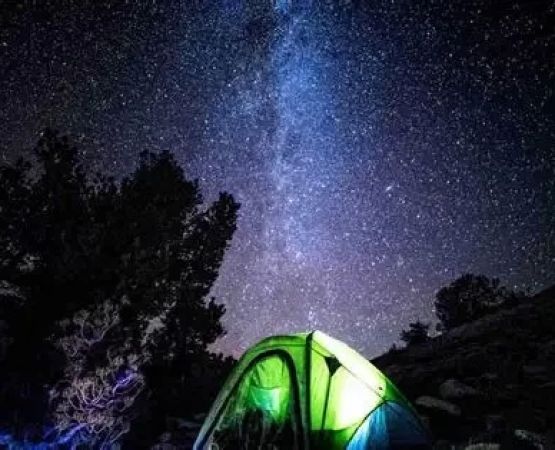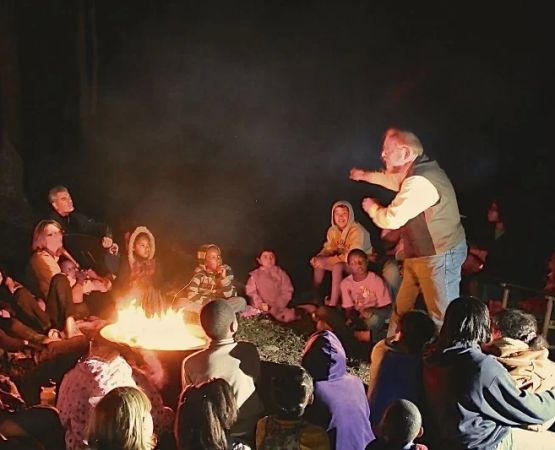- 1 - why-outdoor-adventure-matters-for-young-families
- 2 - physical-and-cognitive-development-in-nature
- 3 - creating-unbreakable-family-bonds-through-nature
- 4 - emotional-resilience-built-through-the-outdoors
- 5 - a-real-family-story-turned-forest-tradition
- 6 - how-to-choose-the-best-outdoor-spot-for-your-family
1. Why Outdoor Adventure Matters for Young Families
There’s a powerful connection between childhood growth and the great outdoors. For families with young children, outdoor adventure offers more than just fresh air—it provides a natural classroom, playground, and bonding space all in one. As screens increasingly dominate our indoor lives, taking kids into nature helps restore a sense of wonder and balance that’s hard to replicate indoors.
Parents are often surprised at how even a short hike or a weekend at a forest lodge can transform a child’s mood, curiosity, and sense of connection. These experiences stick with kids far longer than plastic toys or video games.
2. Physical and Cognitive Development in Nature
2.1 Outdoor Play Enhances Motor Skills
Running on uneven terrain, climbing over rocks, or balancing on logs pushes children to use muscles and coordination in ways playgrounds can’t match. This natural form of exercise contributes to stronger muscles, better posture, and improved spatial awareness.
2.2 Nature Stimulates Creative Thinking
In the forest, a stick becomes a sword, a rock becomes a throne. Without pre-designed toys, children create their own play. This encourages creativity, storytelling, and independent problem-solving—all crucial skills in early cognitive development.
2.3 Real-Life Learning Opportunities
Whether it’s spotting a deer or identifying different leaves, outdoor adventure introduces children to biology, geology, and environmental science firsthand. One parent recently shared how their 5-year-old started asking about soil erosion after a rainy hike. Learning becomes instinctive in nature’s classroom.
3. Creating Unbreakable Family Bonds Through Nature
3.1 Shared Adventures, Shared Memories
Hiking to a waterfall, building a campsite, or simply roasting marshmallows under the stars builds more than memories—it builds unity. Without Wi-Fi or distractions, families truly connect through teamwork and shared experiences.
3.2 Communication and Teamwork
Outdoor activities often require communication: deciding where to go, how to set up a tent, or how to navigate a trail. This builds listening, compromise, and collaboration between parents and children in fun, real-life scenarios.
3.3 Trust and Independence
Allowing kids to make small decisions—like choosing the trail or helping carry the backpack—helps build confidence and a sense of responsibility. These moments of trust strengthen parent-child relationships and foster independence.
4. Emotional Resilience Built Through the Outdoors
4.1 Nature as a Natural Stress Reliever
Studies have shown that time in green spaces reduces cortisol levels in both children and adults. For kids who are anxious, hyperactive, or emotionally sensitive, outdoor activities provide a calming effect that’s hard to achieve indoors.
4.2 Embracing Imperfection
In nature, not everything goes as planned. It might rain, bugs might bite, or trails might get muddy. These unpredictable elements teach children adaptability, patience, and how to find joy even when things don’t go perfectly—lessons that carry into school, social life, and beyond.
4.3 Building Confidence Through Challenge
Every hill climbed or river crossed builds a sense of achievement. For young children, these small victories translate into a belief that they can face new challenges with courage.
5. A Real Family Story Turned Forest Tradition
The Walters family from Minnesota started going on short camping trips when their daughter Ava was three. “At first, it was chaos,” admits Jen Walters. “She cried about bugs, hated the cold, and didn’t want to leave the tent.”
But something shifted. By the third trip, Ava was the first to wake up and suggest a trail to explore. Now, four years later, the family takes an annual fall trip, and Ava helps pack their gear.
“It’s the one time of year we feel completely in sync,” Jen says. “No schedules. Just us and the woods.” They credit these adventures for building stronger communication and an appreciation for life’s simple joys.
6. How to Choose the Best Outdoor Spot for Your Family
6.1 Age-Appropriate Activities
Look for destinations that offer a mix of adventure and comfort. Parks with short, safe hiking trails, shallow lakes, and educational centers are ideal for toddlers and younger kids.
6.2 Safety and Accessibility
Choose locations that provide emergency access, family bathrooms, and proper signage. For younger families, proximity to lodging or medical help can offer peace of mind.
6.3 All-in-One Resorts
Resorts like Pine Cliff Resort offer guided nature programs, kid-friendly activities, and comfortable lodging, making them perfect for first-time nature families. Their packages often include meal plans, equipment rental, and trained staff who know how to engage kids safely in outdoor discovery.
6.4 Season and Weather Considerations
Summer may seem like the obvious choice, but spring and fall often offer fewer crowds and stunning natural beauty. Just make sure to dress in layers and check forecasts before heading out.
With the right planning, outdoor adventure becomes more than a break from routine—it becomes a foundation for lifelong memories and emotional growth. If you’re unsure where to begin, check out Pine Cliff Resort for personalized family-friendly packages designed to reconnect you with nature and each other.







